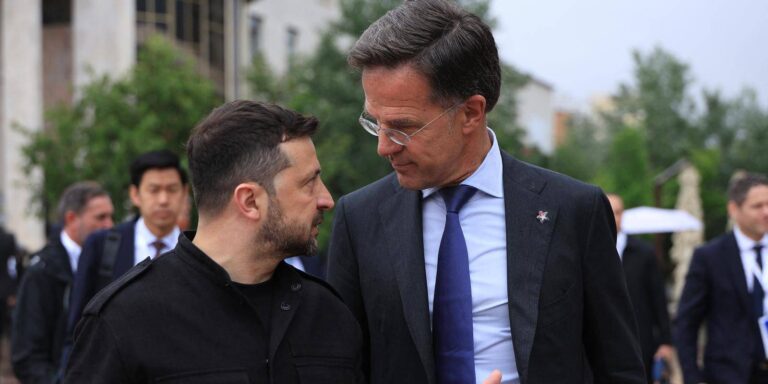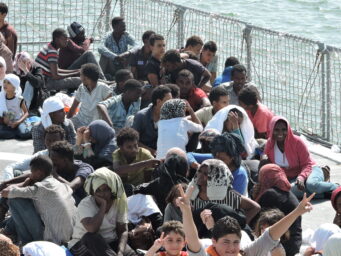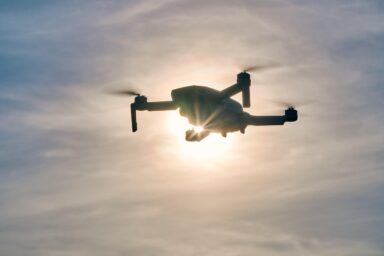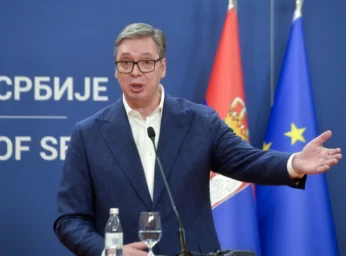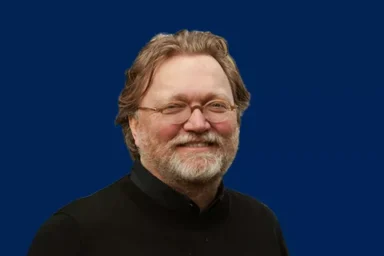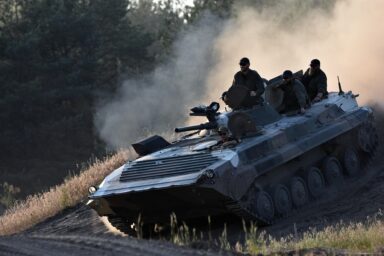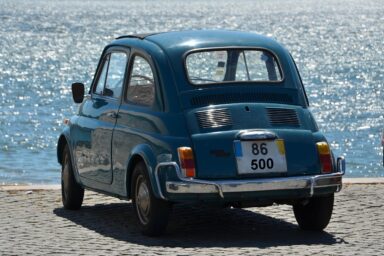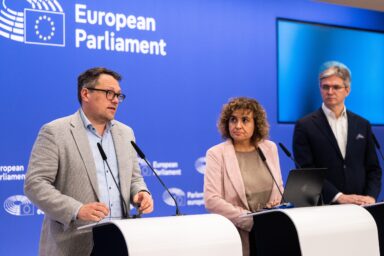We are all an the eastern flank: Nato Secretary General Mark Rutte says members of the military alliance need to deliver a “quantum leap” in their collective defense amid the ongoing threat from Russia.
Nato chief Mark Rutte visited the British think-tank Chatham House on 9 June to outline his vision for the alliance’s future funding and priorities. “Danger will not disappear even when the war in Ukraine ends,” Mr Rutte said in his Monday keynote speech before a NATO meeting on June 24 and 25. “We must have more forces and capabilities to implement our defense plans in full.”
Mr Rutte outlined the need to make our alliance stronger, fairer and more lethal in order to meet an increasing range of threats, particularly regarding Russia’s capacity to rearm and subsequently threaten alliance countries in the near future. “In terms of ammunition, Russia produces in three months what the whole of Nato produces in a year,“ he said. “And its defence industrial base is expected to roll out 1,500 tanks, 3,000 armoured vehicles, and 200 Iskander missiles this year alone… Russia could be ready to use military force against Nato within five years.“
A matter of minutes
“Let’s not kid ourselves,“ he said, “we are all on the Eastern flank now.“ The new generation of Russian missiles travel at many times the speed of sound. The distance between European capitals is only a matter of minutes.“
Mr Rutte wants Nato countries to back a new military spending target of 3.5 per cent of national output by 2032 at a meeting later this month, as well as 1.5 per cent of gross domestic product to be spent on security-related projects such as cyber and border control. That call follows a demand by US President Donald Trump that Nato members should commit 5 per cent of GDP to defense.
You might be interested
Russia could be ready to use military force against Nato within five years. Mark Rutte
The new Nato target is being considered by UK Prime Minister Keir Starmer, who is due to meet Mr Rutte on Monday. Mr Starmer has already pledged to increase defense spending to 2.5 per cent of GDP by 2027, with an “ambition” to get to three per cent of national output by 2034, but is now under pressure to go further given Britain’s desire to be Nato’s leading European power.
Peanuts
The European Union has allocated €16.4bn (in current prices) to security- and defence-related activities under the 2021-2027 multiannual financial framework (MFF). The funds help support research and development, enhance military mobility, ramp up industrial production capacity and promote joint procurement.
The funds, however, have turned out to be grossly inadequate after the Russian invasion in Ukraine. The EU’s institutions have since then moved to boost the bloc‘ security—somewhat. The White paper for European defence – Readiness 2030 sets out a vision to rearm Europe by:
- ensuring the European defence industry can produce at the requested speed and volume
- facilitating rapid deployment of military troops and assets across the EU
Made in Europe
The increase in defence spending will be ‘made in Europe’, the Commission insists. It aims to “ensure both our long-term security and economic benefits for all EU countries. It will also help the EU to respond to the short-term urgency of supporting Ukraine“, the Commission says.
Significant shifts are evident at the country level, with Germany’s remarkable proposal to ease the country’s debt brake to finance defence, the United Kingdom’s commitment to increase its budget to 2.5 per cent of GDP by 2027, Denmark’s DKK50bn Acceleration Fund for defence, and Belgium’s reported aim to accelerate its plan to increase its defence budget from 1.3 per cent of GDP to the 2 per cent benchmark, which has a current target of 2029.
A record 2024
European defence spending saw record growth in 2024, with budgets increasing by 11.7 per cent in real terms. Several countries reached the 2 per cent of GDP spending target as agreed by Nato members in 2014, with much of the progress made in the last three years in response to Russia’s full-scale invasion of Ukraine.
“Some countries, including Albania, Denmark, Finland, the Netherlands and Sweden were planning significant 2025 uplifts. Regional growth for the year was set to be more muted as other countries moved to primarily sustain spending at higher levels while also responding to other public spending pressures and maintaining fiscal responsibility,“ the International Institute for Strategic Studies writes on its website.
We are witnessing a fundamental shift in the strategic environment. Given the nature of the announcements, growth in European defence spending in 2025 will likely be much higher than initially projected. The problem is that it remains way below levels actually ensuring the bloc’s security.
